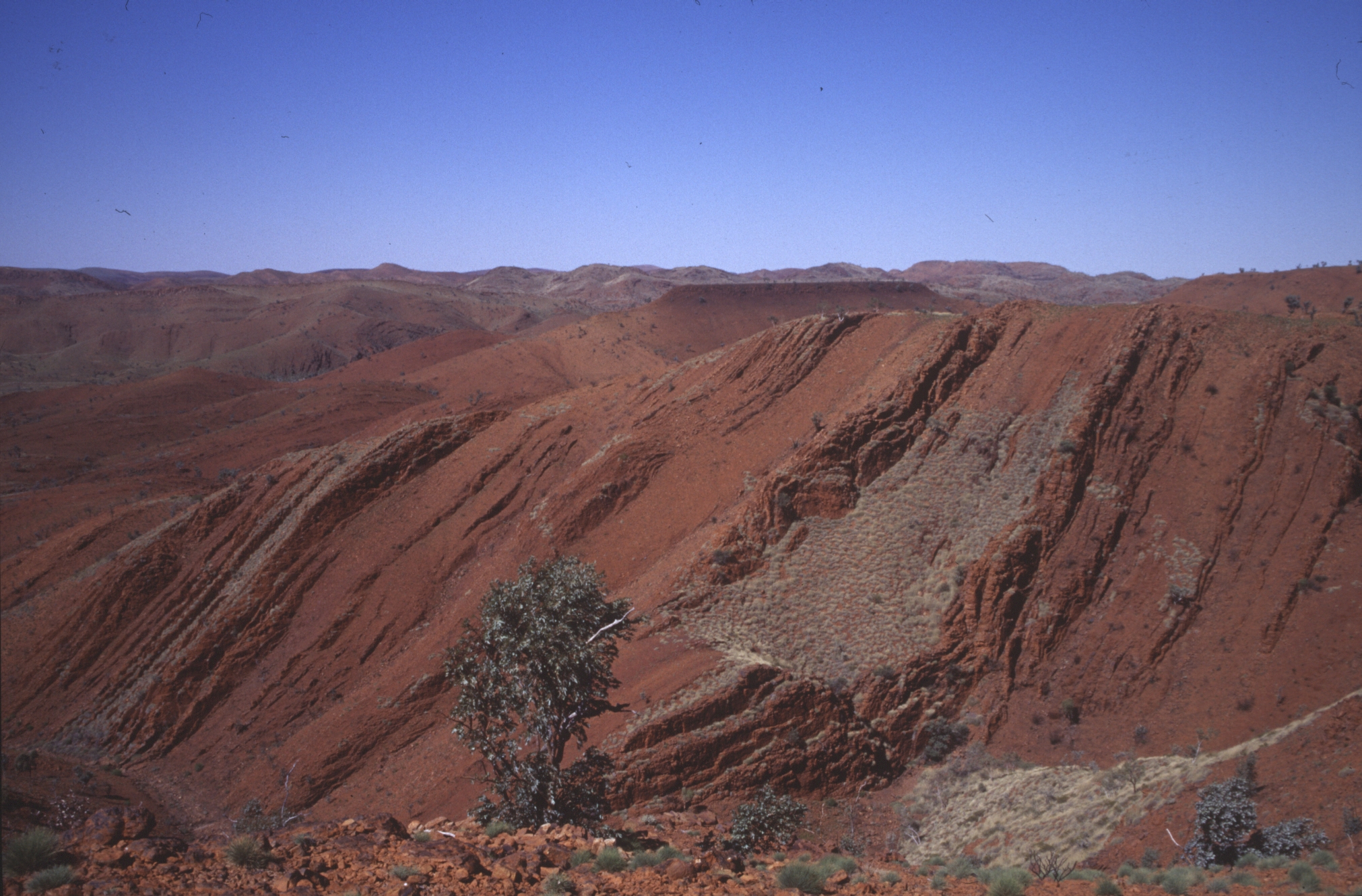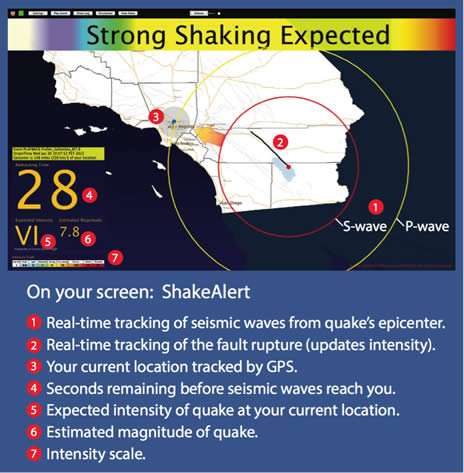The College of the Environment’s School of Environmental and Forest Sciences recently launched its Climate Change Video Contest, asking Washington State high school and undergraduate students to create and submit videos about what climate change means to them by April 13. In three minutes or less, contest entrants will use all styles imaginable – Claymation, stand-up comedy, music video, short-form documentary, and more – to convey their ideas.
Read more at UW Today »Washington Sea Grant explores relative sea-level rise to prepare Pacific Coast communities
Washington Sea Grant, a unit in the College of the Environment, works to restore and protect marine environments through addressing important issues, providing better tools for marine management, and supporting strategic partnerships within the marine community. Coastal hazards specialist and resident geologist Ian Miller embodies this approach, and is studying changes in local sea level over time in order to help coastal communities plan for rising seas along their shores.
Read more at NOAA »World's oldest rocks show signs of life on Earth 3.2 billion years ago
Recent findings from Earth and Space Sciences‘ Roger Buick, Eva Stüeken, and Matt Koehler, with Bradley Guy from the University of Johannesburg, suggest that life on Earth may have flourished more than a billion years earlier than previously thought. Nitrogen is a building block of amino and nucleic acids, both essential for life on Earth. By studying some of the planet’s oldest rocks, which contain preserved chemical clues and are free of chemical irregularities, the team concluded that life was pulling nitrogen out of the air and converting it into a form that could support larger communities 3.2 billion years ago.
Read more at UW Today »UW researchers test Washington's first-ever earthquake detection system
Earth and Space Sciences’ John Vidale, Paul Bodin, and the University of Washington-based Pacific Northwest Seismic Network team, will soon begin testing the region’s first early warning system for incoming earthquakes. Originally developed for use in California, the system will create an automated alert giving people anywhere from a few seconds to more than a minute’s warning before an earthquake’s S waves begin to shake the ground.
Read more at UW Today »UW researchers prep for the next Cascadia megaquake
Earth and Space Sciences’ Frank Gonzalez, John Vidale, and Arthur Frankel, along with other scientists from across the University of Washington, are teaming up to better prepare our region for the next massive megaquake off the Pacific Northwest coast. Their efforts include designing the first tsunami evacuation structure in the United States, development of a campus-wide research project on major earthquakes, and the upcoming rollout of early earthquake alerts.
Read more at UW Today »





